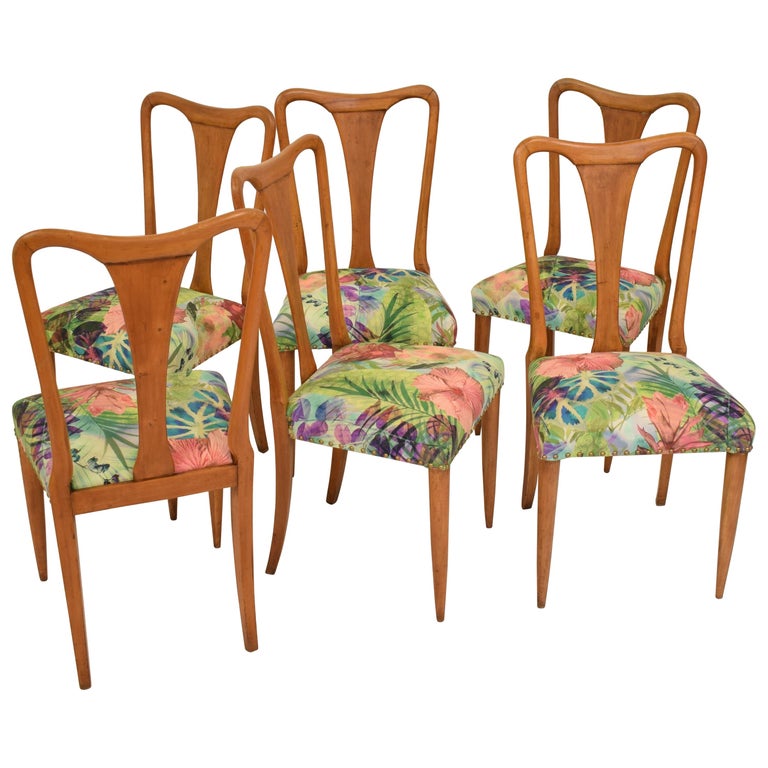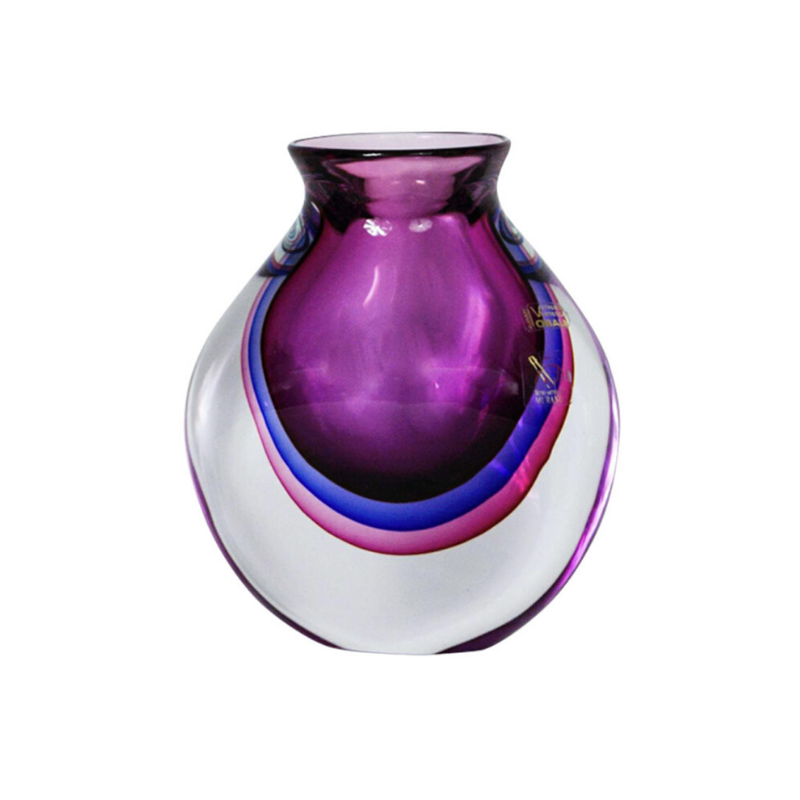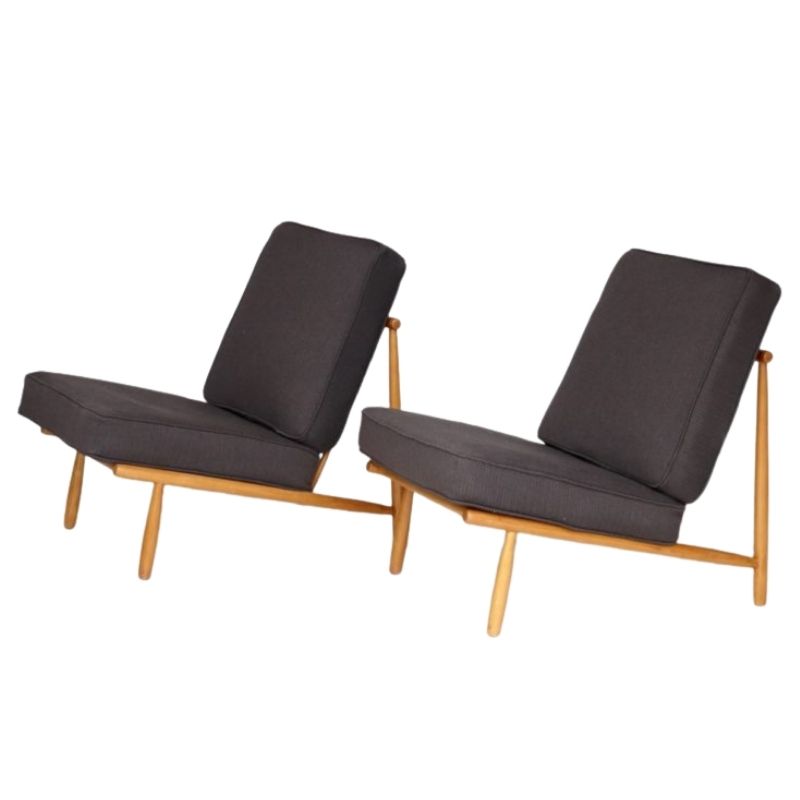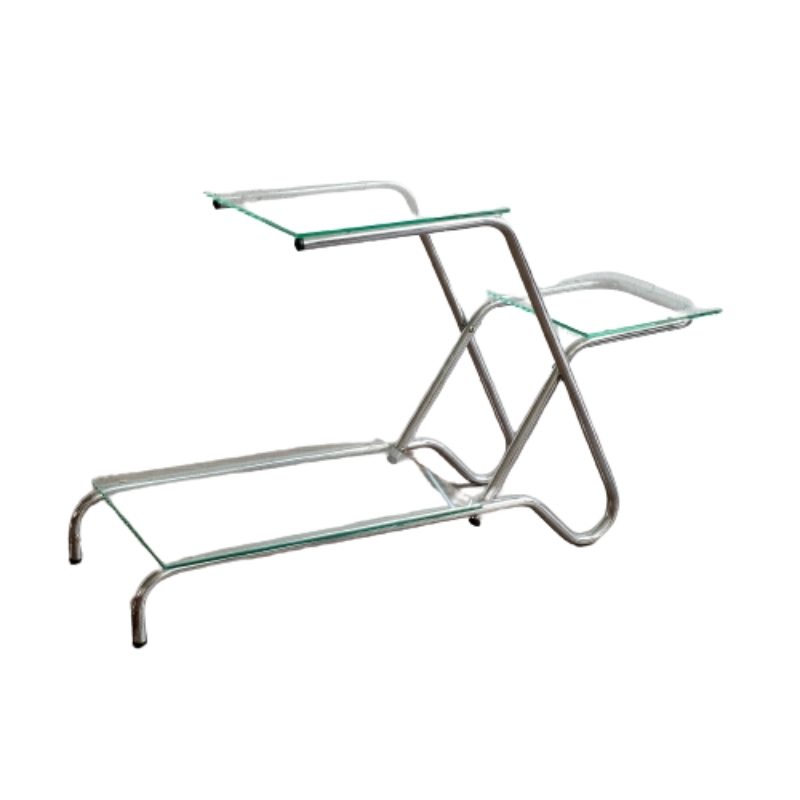Unfortunately, there's
no way to make those holes invisible by filling them -- though a talented expert could make a fair attempt. The wood-grain, the surface flatness, and the sheen of the finish all have to be perfectly replicated on a small (and potentially unstable) area. The problem is compounded by the small dents that the bolt and/or washer undoubtedly made in the area surrounding the hole.
The correct and successful remedy is to plug the holes and then re-veneer the piece as a whole.
Thanks for the response, I...
Thanks for the response, I know that no matter what I do it won't be a flawless finish, But I just hate that the screws show so anything will be better.
I was looking into wood putty, it seems like the best option for DIY (can't afford to have it done professionally)
I once saw a lounge chair on ...
I once saw a lounge chair on which a chip in the shell had been repared by painting the rosewood grain on the filling. It was a very decent job and you could only tell when pointed out. If I remember correctly it was carried out by a Chinese artist.
It is possible for a talented...
It is possible for a talented professional or woodworker to inlay a patch of new veneer in the areas that needs to be repaired. The success of the repair depends on how skillfully the patch was matched to the grain and color of the surrounding wood, and also the techniques used to cut the patch and inlay it so the edges are not obvious.
The edge of the two table leaves below were patched (on both corners, although the right corner has already been repaired in the images) by whittling a piece of wood to fit the broken areas, and then gluing it in place. Repairs done with real wood are always better than ones done with wood filler.
If you use filler on your chair, I would try to keep the repair reversible, and not do anything that would make it harder to repair the chair professionally in the future.
Yes, a so-called
"dutchman" repair -- matching wood carved and glued in place -- is the best sort of repair; it usually looks better, and is about the only repair in which the added material is the same in hardness as the surrounding material. Bondo, painted to match, or a burn-in stick, would come in second in that regard, I suppose.
But the problem is aggravated when the repair must cross the direction of the wood grain. The table repair shown is an ideal one for an invisible repair, as the mechanic wasn't forced to introduce new material which makes a cross-grain joint. These are almost impossible to make disappear completely.
It is enough of a challenge just to find matching wood. As I build a piece of furniture or cabinetry that includes solid wood, I save scraps from the material I'm using, so that if a repair is necessary -- even before the piece leaves the shop, which can happen -- I have reliably matching wood to choose from.
I once had to repair a drawer front in new veneered material as we built a large job in rift white oak. A fellow mechanic had applied one of the fronts, in a good-sized field of them, back-side out, thus spoiling the face with screw holes. I located the best match from a piece of fall-off from the sheet which yielded those fronts, and, to avoid cross-grain joints, I plowed a shallow dado from edge to edge on the drawer front, covering where each screw hole lay, and inlaid a strip of veneered material cut from a matching spot on the extra material, before the job went to the finisher. The repair was invisible.
There are different grades and types of colored wood filler, from solvent-borne wood-dust putties (intended for use before sanding and finishing), to wax-based compounds, in crayon form, which are used in finished furniture. The hardest of these substances is the "burn-in" stick, which must be used with heat, often a torch. The wax crayons can also be heated, to help the material conform to the defect being filled; the excess material can be moved or removed with a heated putty knife; the final clean-up is achieved with the aid of mineral spirits, which won't harm an existing finish adjacent to the repair. This step must be done with care, to avoid eroding the repaired area.
Adam,
Thanks. Yes, I dabble ...
Adam,
Thanks. Yes, I dabble occasionally in some woodworking. I got a good price on an Arne Vodder dining table because it had that damage, along with this semi-circular "bite" out of the curved edge of the table. Now that they are fixed they really do not bother me at all. It was just a lot of whittling and test fitting.
In the past I have replaced some veneer chips from the edge of a table in which I had to deal with end grain abutting each other. I used something of a "scarf" joint by tapering the edge of the veneer patch , and also tapering back the edge of the veneer on the table so that I did not have two blunt cut edges abutting one another when the patch was glued in. Then I scraped the patch with a scraper blade until it was flush. I don't have a photo of it, but it turned out quite good in my opinion, and was certainly much better than a typical veneer patch where blunt cut end grain meets end grain. I still feel that a patient and very skilled person could conceivably patch drill holes on an Eames shell so that they could not be detectable, or close to it.
Nice work, tchp.
That's the way to do it, in my experience. I think we know you're more than a mere dabbler !
I try to make the job easier by adapting some regular geometry. In the above case I have used the nose of my belt sander, supported so that I have some control, to make a neat arc (as you did). Then the job of fitting the loose piece is somewhat easier. Clamping a little piece like this, once it fits perfectly, is sometimes done with masking tape. A perfect fitting joint needs only moderate pressure ?
You patch really disappears, doesn't it . . .
The scarfed veneer patch sounds dandy, too. Anything to avoid that obvious butt. I use a clamping pad of clear acrylic; it pops off the glue when done, and you can see what you're getting as you clamp up.
Crayon-type wax fillers can be blended in color, using two or more crayons to achieve the desired tone. Heated to the melting point, the blending job is made easier. Masking around the repair before starting can make clean-up easier.
Thanks SDR.
While I do...
Thanks SDR.
While I do not generally use polyurethane glue for structural repairs ("Gorilla Glue" brand, here in the States), I do like it for gluing in patches. It does not soak into the surrounding wood and seal it as typical wood glue can do, which can make finishing in oil, stain, etc, difficult. Gorilla glue also has a brown color, and I think the texture of it makes glue lines harder to notice. It does expand though, so clamping or taping pieces together is necessary. After gluing I scrape away the glue on the surface, and have found I can oil that area and the oil will penetrate the wood with no problem.
If you need any help, please contact us at – info@designaddict.com









